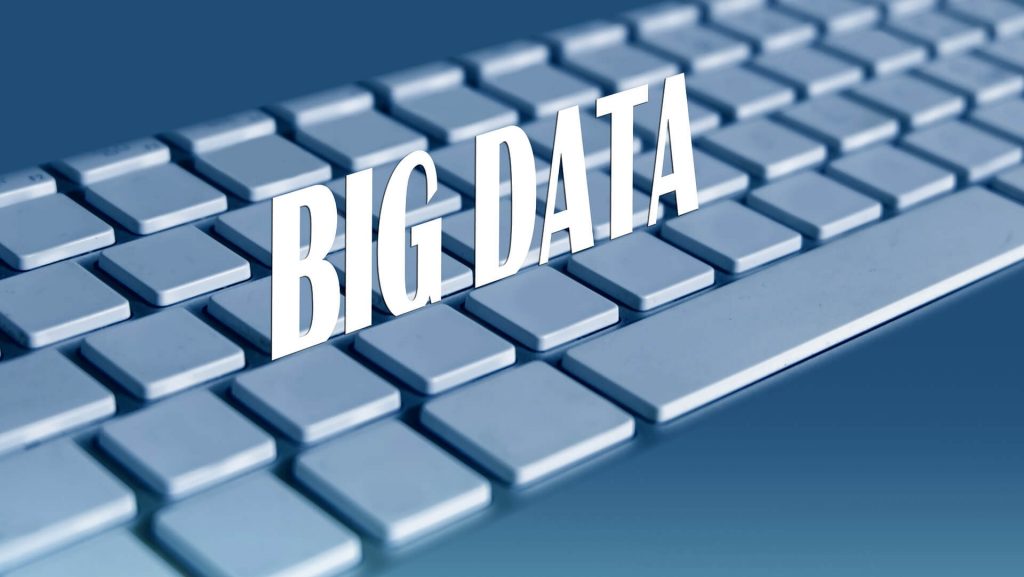Have you heard of the Data Transfer Project (DTP)? It is a recently announced open-source, service-to-service project created by Google, in partnership with Microsoft, Facebook and Twitter. The project is in fact a data portability platform intended mainly for consumers to easily move data from one platform to another.
Here is part of the official announcement of the data platform:
The Data Transfer Project was formed in 2017 to create an open-source, service-to-service data portability platform so that all individuals across the web could easily move their data between online service providers whenever they want.
Furthermore, the creators of the Data Transfer Project “believe portability and interoperability are central to innovation, adding that “making it easier for individuals to choose among services facilitates competition, empowers individuals to try new services and enables them to choose the offering that best suits their needs“.
The four companies behind the DTP hope that other platforms will adopt this new technology which would aid the establishment of an interconnected web for users to migrate data between platforms easily and safely. The adoption of the platform will also diminish the need of setting up profiles for each and every service the user registers.
However, the usefulness of DTP goes beyond that, as it will be convenient for developers to build various tools such as software to back up data stored in social media profiles. Such a tool could also be used to entirely delete a user’s social presence.
How Will the Data Transfer Project Work?
As explained in the official project overview, the DTP framework will implement existing APIs and authorization mechanisms which will be used to access and convert data into a common format. The platform will have all necessary security features, and the whole process will be overseen by a governance body.
The DTP is powered by an ecosystem of adapters (Adapters) that convert a range of proprietary formats into a small number of canonical formats (Data Models) useful for transferring data. This allows data transfer between any two providers using the provider’s existing authorization mechanism, and allows each provider to maintain control over the security of their service.
All of this makes the ecosystem more sustainable, as companies can attract new customers, or build a user base for new products, simply by supporting and maintaining the ability to easily import and export a user’s data.
You can learn more about the platform from its official website and its technical overview.



